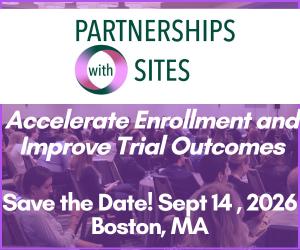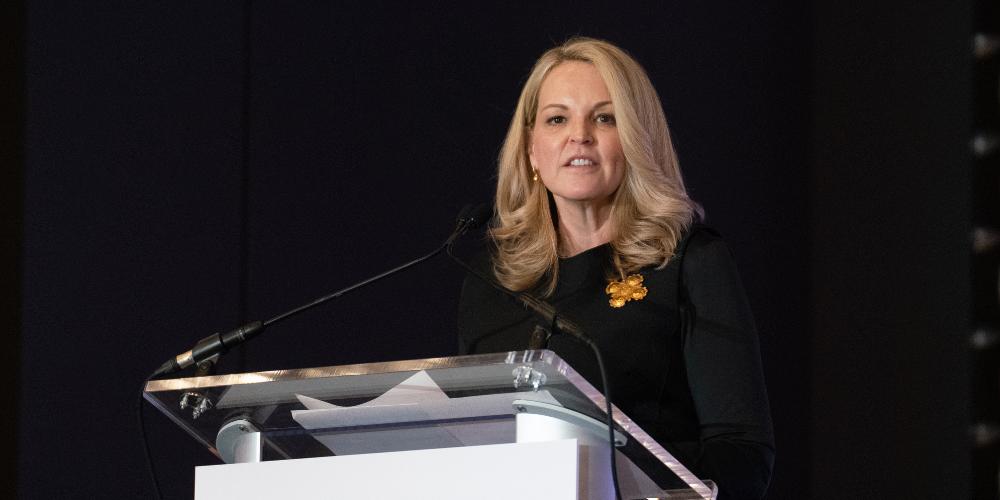How Sponsors Can Be Better Partners to Rural Sites Bringing Clinical Research to Patients
Dr Jyoti Angal, PhD, works to bring clinical trials to the patients in the rural catchment area for Avera McKennan Hospital and University Health Center. Dr Angal tells us the unique characteristics of doing clinical research in a rural setting, and how pharma can be a better partner to rural sites.

What is distinct about the rural patient population you serve, and their ability/willingness to participate in research that sponsors must know about or understand?
First, from our perspective, you have to understand what the catchment area is for the hospital. South Dakota is a huge state and ours is a vast catchment area. Sponsors must understand that if they are seeking a specific patient population, those potential participants might be traveling 200-300 miles to get here. If that’s kept in mind, design protocols that incorporate that understanding.
For example, if you’re doing a study in stroke, the sickest people might come to the emergency room in the hospital, but if you’re doing a stroke prevention study, you want to focus on the primary care where they would be transferred from. If you’re designing a protocol with a tertiary care center in mind, that might not work if you’re recruiting from a rural catchment.
"Sites understand what’s happening on the ground, and open dialogue would allow us to help more. Ultimately, it’s about being seen as mutual beneficiaries and partners, versus one side being the dominant player over the other."
What are the specific considerations you have, or the actions you take, to make sure clinical trials are fit-for-purpose for your rural patient population?
Specifically for us as a community hospital, not everything is under one roof. Protocol designers need to understand that there are different locations, and that certain visits or aspects of the trial don’t make sense in that environment.
If you’re asking patients to go back and forth between different departments, that’s not convenient for them if they have to travel, particularly when it can get so cold here. Where our research facilities are located, we work with the pharmacy on site, but that’s not located where we recruit the patients. You need to then factor in how the product will be shipped, what the shelf-life is when it’s transported, etc.
"Sponsors must understand that if they are seeking a specific patient population, those potential participants might be traveling 200-300 miles to get here."
What can you share about the research Avera McKennan has been focused on?
Over the last several years, our focus has been to bring studies that physicians want and where there is a medical need. For example, we recently completed a migraine trial, the only one in the state for pediatric migraine.
We’ve also been very good about taking our research to people. We use a mobile van, which can sometimes be a sticking point for sponsors. We also do a lot of community-based work, talking to people, understanding what they need, understanding their participant preferences, etc.
What are the common areas of friction you’re seeing in the operations of clinical research?
One constant challenge is who can be the PI if a sponsor is looking for someone with specific expertise. We have people who can fill in that role if that particular expertise isn’t available, and we have found some companies are open to working with those restrictions.
Another challenge is differentiating what visit can be conducted over telemedicine and what has to be done in person. I know that sponsors get input from patients on this, but patient preferences differ across the board and one group’s preference isn’t the same as another’s. For example, the feedback we’ve received is that people are tired of the apps. “Just pick up the phone and call me. I will give you the response on the phone.”
We have a lot of dementia studies, or Parkinson’s studies. They are tired of doing eDiaries. When sponsors ask us, “Why isn’t this patient filling out the eDiary?” We have to tell them that some patients don’t have a phone that gives them access to an eDiary, and ask them if they would consider supplying, for example, iPads. Technology can be great but not everyone is willing to incorporate that into their way of participation.
How can pharma be a better partner to clinical research sites?
There's always some tension between pharma and clinical sites. One way that I believe that could be reduced with more transparency. When sites connect with pharma, it can feel secretive, like they are asking for more without divulging more. Another way is being open to site feedback. Sites understand what’s happening on the ground, and open dialogue would allow us to help more. Ultimately, it’s about being seen as mutual beneficiaries and partners, versus one side being the dominant player over the other.
"There are many smaller sites across the nation who want to be part of clinical research and they’re looking for partners who will bring them along and help them to succeed."
What examples can you share of greater transparency or providing feedback?
Let’s take trial eligibility as an example. We were working with a sponsor on a trial and we looked at the eligibility during the site feasibility visit. We expressed that we didn’t think that would work for our site specifically, or even possibly in general. When that feedback was given, the response was, “That protocol is done. We’re going with it.”
After the first few enrollments, we realized that it would be a challenge and the sponsor did acknowledge that the criteria might be limiting and decided to revisit. But because of that, we lost about two months in recruitment, and we were the lead site.
Anything else you want to make clear for sponsor readers?
It’s important to include geographic diversity and smaller sites in our conversations on representation. There are many smaller sites across the nation who want to be part of clinical research and they’re looking for partners who will bring them along and help them to succeed.
The appetite from sponsors to work with smaller sites can be hit-or-miss. However, once a sponsor works once with a certain site, they are willing to do more with them. For our part, we’re not afraid to negotiate and ask for what we need.









